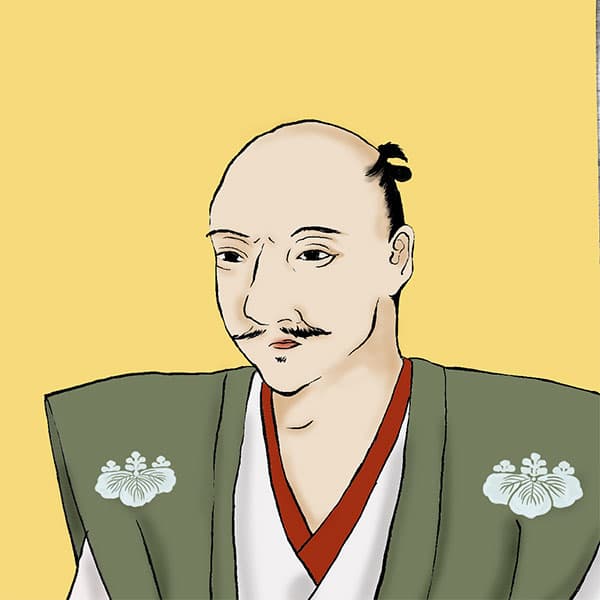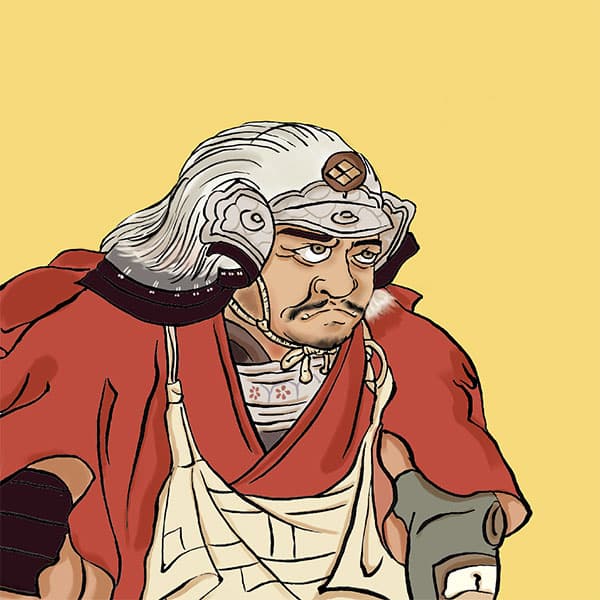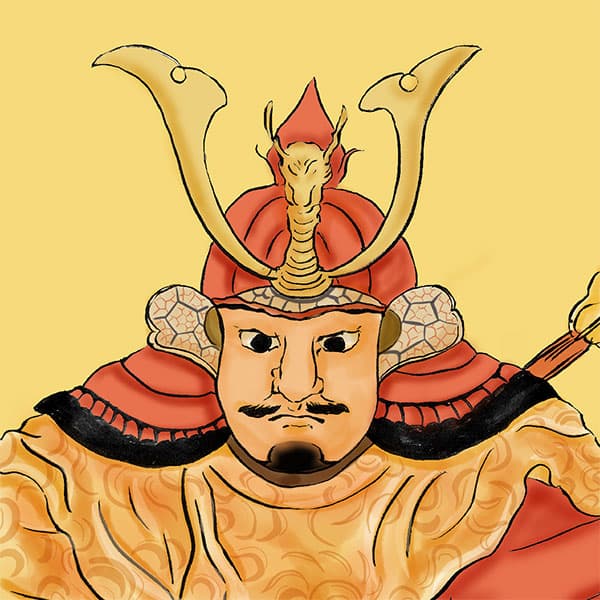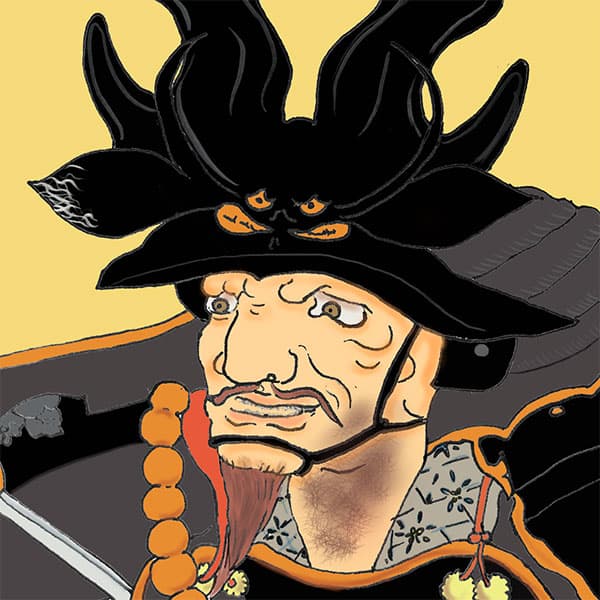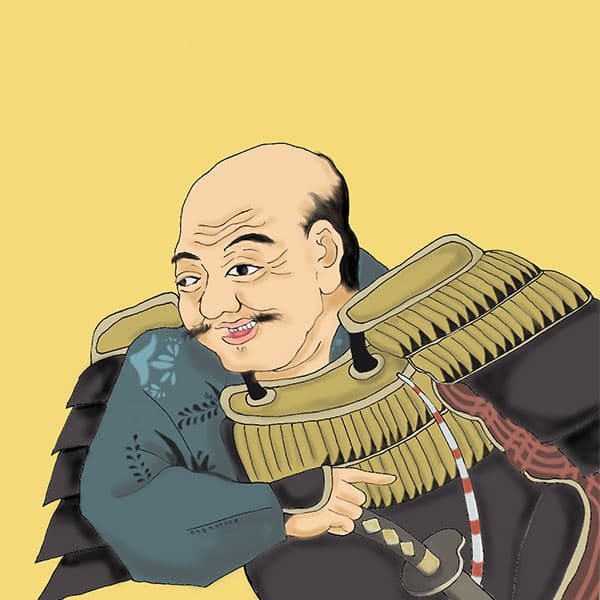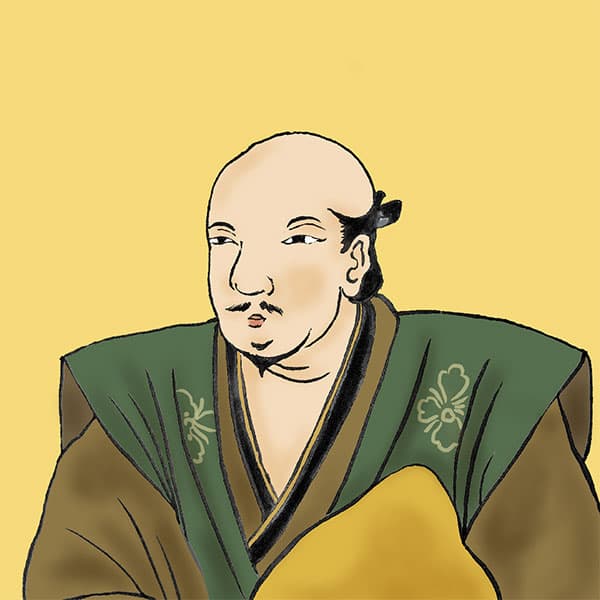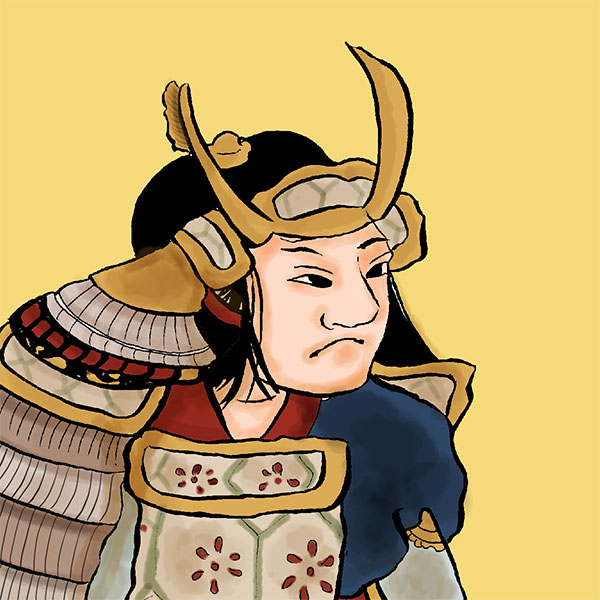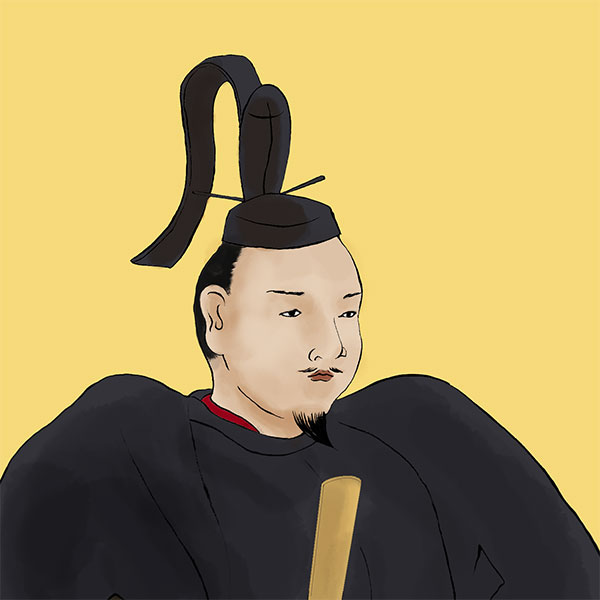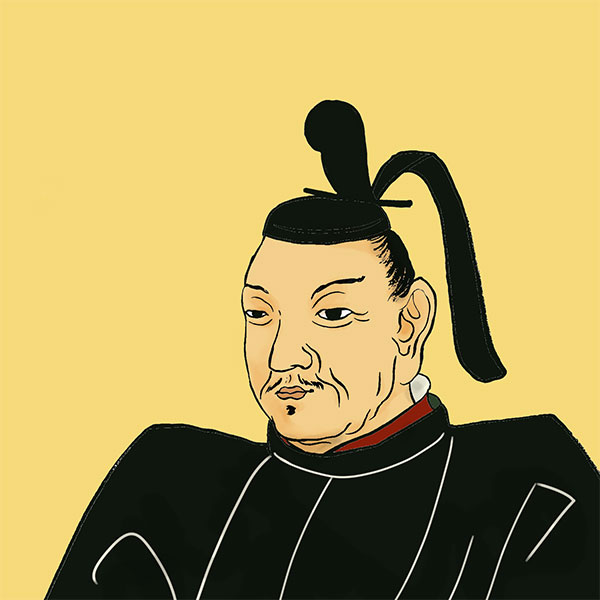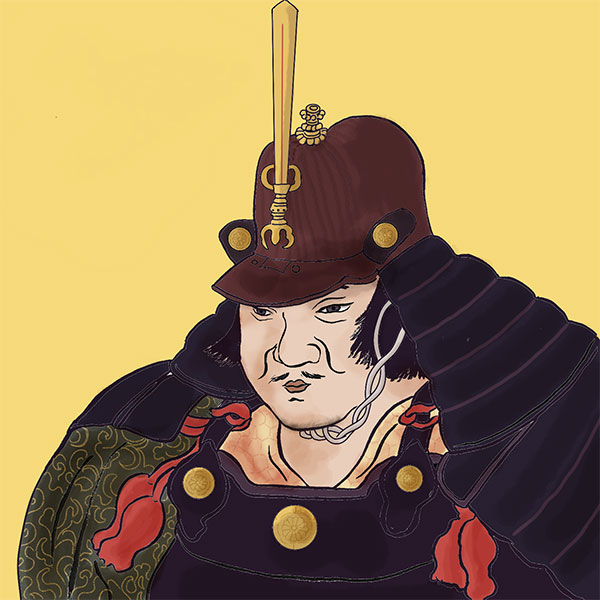Battle of Mikatagahara (2/2)Ieyasu defecates unexpectedly! ? "Battle of Mikatagahara" ~ Takeda Shingen VS Tokugawa Ieyasu
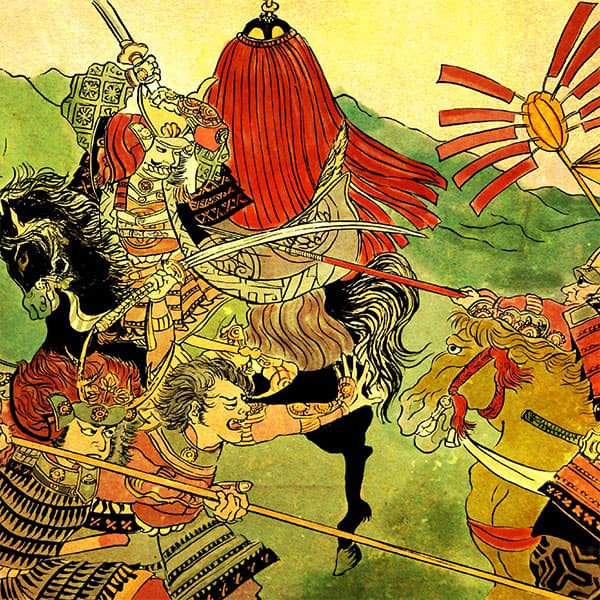
Battle of Mikatagahara
- Article category
- case file
- Incident name
- Battle of Mikatagahara (1573)
- place
- Shizuoka Prefecture
- Related castles

Hamamatsu Castle
- people involved
However, the original source of this story is unknown. In the Edo period, a story similar to the Mikawago Fudoki, written by an unknown author and said to have been written in the middle of the 17th century, tells of a man who defecated during the Battle of Itotsuzaka, and when his subordinates discovered it, they insulted Ieyasu. There is an episode in which he did this, but this seems to be the first episode of defecation.
Mikawa Gofudoki was originally a book that was said to be a pseudosho. In the ``Revised Mikawa Go Fudoki,'' which was later revised on the orders of Tokugawa Ienari, the 11th shogun of the Edo shogunate, the defecation episode was deleted because the description was incorrect. The story of him defecating during the Battle of Mikatagahara has become famous as it has been featured in novels and taiga dramas, but it can be said that its credibility is extremely low.
Is the Shikami statue unrelated to the Battle of Mikatagahara?
Similarly, the Shikami Statue is known for the story that Ieyasu himself had it painted as a sign of self-discipline so that he would not forget the Battle of Mikatagahara, where he was defeated. The painting shows him frowning and sitting on a chair with his left foot on top of his right, and is currently in the collection of the Tokugawa Art Museum in Nagoya.
However, in recent years, Fumihiko Hara, a curator at the Tokugawa Art Museum, has come up with a theory that overturns this episode. According to research, this portrait was originally written by Tan'yu Kano in the early 17th century, and was included in the bride-to-be of a princess of the Kii Tokugawa family who married into the Owari Tokugawa family. Over time, it has come to be thought that it depicts the Battle of Nagashino.
In 1936, when the Shikami statue was displayed at an exhibition held the year after the Tokugawa Art Museum opened, the museum's founder Yoshichika Tokugawa said, ``It was painted after the Battle of Mikatagahara.'' The story came out. It seems that it was part of an appeal strategy to coincide with the exhibition, and from there it seems to have gained traction and "evolved" into the story that Ieyasu had him write immediately after the war.
In the first place, there is a theory that the portrait was made to worship Ieyasu, as the portrait is dressed in classic clothing such as an eboshi and hitatare, and the figure resembles a half-prostrate Buddha statue. The Shikami statue is often introduced in connection with the Battle of Mikatagahara, but it seems correct that it was actually unrelated.
Did it really happen? Battle of Saiga Cliff
The Battle of Saiga Cliff is said to have taken place on the night of the Battle of Mikatagahara. It is not from the war period, but comes from historical materials compiled later by the Edo Shogunate, so its authenticity is uncertain. However, it is a very interesting story, so I would like to introduce it to you.
After the Battle of Mikatagahara, the Takeda army camped near Saiga Cliff. The Tokugawa army covered this cliff with white cloth to make it look like there was a bridge, and launched a night attack on the Takeda army. The Tokugawa army fired a volley of gunfire from behind. In a panic, Takeda's troops rushed to the false bridge in an attempt to escape, and one by one they fell down the cliff to their deaths. It was snowing that night, and visibility was poor, so many soldiers were fooled by the false bridge.
At the time of the battle, the Saiga Cliffs were about 2km long and about 50m wide, so how could they suddenly cover such a place with cloth and make it look like a bridge?Even though there was a lot of snow falling in the first place, could it be mistaken? Questions remain. Perhaps the correct answer is to just enjoy it as a "story."
By the way, it is said that after this, the sounds of people and horses could be heard coming from below the cliff. Furthermore, as bad things happened in the vicinity, such as damage from locusts, rumors spread that it was the curse of the Takeda army. When Tokugawa Ieyasu heard this, he invited a high priest to quell the vengeful spirit. After that, Ieyasu ordered the people of his territory to hold a memorial service by performing the Dai-Nenbutsu (reciting the Nenbutsu along with music) during Obon. Even now, it continues as the ``Enshu Dai-Nenbutsu Odori'' mainly in Hamamatsu City.
After the Battle of Mikatagahara
After defeating Tokugawa Ieyasu at the Battle of Mikatagahara, Takeda Shingen invaded Higashi Mikawa and captured Noda Castle.
However, as Shingen's condition worsened, the Takeda army decided to retreat to Kai Province. In April 1573, Shingen died of illness on his way back to Japan.
After that, the Takeda family was in turmoil over a succession dispute, and his successor, Katsuyori Takeda, was defeated by the Oda-Tokugawa combined forces at the Battle of Nagashino in 1575. He died during the Koshu conquest in 1582, and the Takeda family was destroyed.
Ieyasu, on the other hand, stubbornly survived, and after the death of Oda Nobunaga, passed through the hands of Toyotomi Hideyoshi, took control of the country, and established the Edo Shogunate. If Ieyasu had died in the Battle of Mikatagahara, history would have been very different. Ieyasu's strength may be his ability to successfully overcome a crisis like the Battle of Mikatagahara.
Reread the article on the Battle of Mikatagahara
- people involved

- WriterNaoko Kurimoto(Writer)I am a former travel industry magazine reporter. I have loved history, both Japanese and world history, since I was a child. I usually enjoy visiting temples and shrines, especially shrines, and often do ``pilgrimages to sacred places'' themed around historical figures. My favorite military commander is Ishida Mitsunari, my favorite castle is Kumamoto Castle, and my favorite castle ruins is Hagi Castle. My heart flutters when I see the ruins of battle castles and the stone walls of castle ruins.



